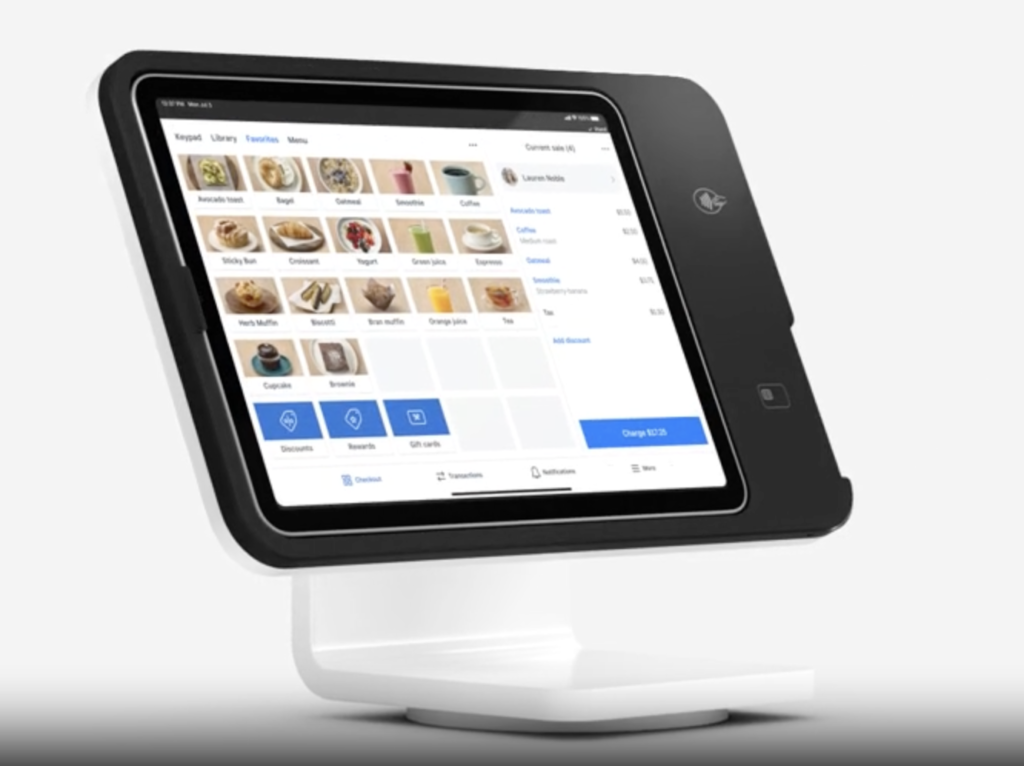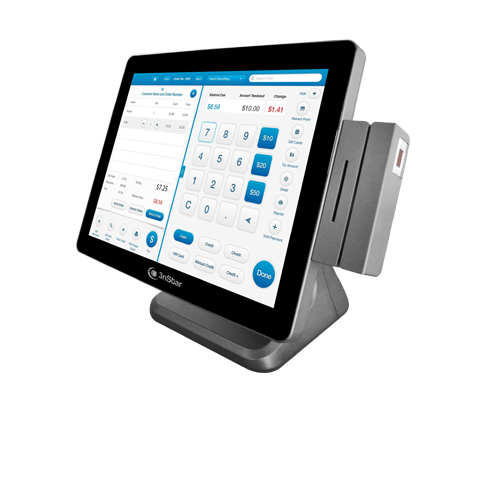How POS System Works: A Comprehensive Overview for Entrepreneur

Comprehending the Elements of a POS System

Just How Sales Purchases Are Processed
When a consumer determines to buy, the sales purchase initiates a series of organized actions within the POS system. First, the cashier inputs the items being acquired, which are checked via a barcode viewers or manually gone into. This activity gets product details, consisting of prices and appropriate taxes, from the system's database.Next, the customer exists with the total quantity due. The POS system after that refines the payment, whether via cash money, bank card, or mobile payment methods (Restaurant POS Software). For electronic settlements, the POS securely connects with repayment processors to accredit and validate the transaction.Once the repayment is confirmed, the system generates an invoice, which can be printed or sent out digitally. This receipt offers as receipt for the customer. Ultimately, the deal data is tape-recorded in the system, guaranteeing exact sales records and monetary monitoring for business
Inventory Management and Tracking

Reliable supply administration and monitoring are necessary elements of a POS system, as they assure that businesses preserve excellent supply degrees and decrease inconsistencies. A robust POS system permits real-time supply updates, showing returns and sales immediately. This enables local business owner to keep track of supply degrees properly, ensuring that popular products are readily offered while preventing overstocking of less preferred products.Additionally, progressed POS systems use features such as automated supply notifies and reorder pointers, enhancing the purchase process. Barcoding and Restaurant POS Software RFID technology boost accuracy in tracking stock motion, lowering human error. Comprehensive coverage tools give insights into inventory turn over prices, aiding organizations make notified choices regarding purchasing and product offerings. Ultimately, efficient supply monitoring with a POS system not only boosts functional performance however also improves consumer complete satisfaction by ensuring item accessibility.
Evaluating Customer Data and Insights
Consumer data analysis acts as a powerful tool for businesses utilizing a POS system (Restaurant POS Software). By accumulating and taking a look at purchase information, companies can discover beneficial insights regarding client actions and preferences. This analysis allows them to identify buying trends, peak shopping times, and preferred items, thus educating stock choices and advertising and marketing strategies.Additionally, businesses can segment their consumer base, permitting customized advertising efforts that satisfy certain demographics or acquiring behaviors. Recognizing consumer loyalty patterns likewise helps in establishing targeted incentives and promotions programs.The information gleaned from a POS system can additionally reveal insights right into client feedback, allowing businesses to make educated decisions relating to item offerings and service renovations. Eventually, leveraging consumer data successfully can improve the general shopping experience, foster client satisfaction, and drive revenue growth
Benefits of Carrying Out a POS System

Often Asked Inquiries
What Kinds of Services Can Take Advantage Of a POS System?
Numerous services gain check here from a POS system, consisting of retailers, dining establishments, beauty parlors, and e-commerce platforms. These systems improve purchases, stock administration, and consumer information, boosting functional performance and improving client experience across diverse industries.
Just how Much Does a POS System Generally Cost?
The cost of a POS system normally ranges from a few hundred to several thousand dollars, relying on features, hardware, and software application. Organizations should think about ongoing costs for maintenance, transaction, and support processing when budgeting.
Can I Integrate a POS System With Existing Software Program?
Integrating a POS system with existing software application is typically feasible. Many systems provide APIs or integrated compatibility functions, allowing services to enhance operations and boost capability by attaching various software application applications properly.
What Training Is Required for Staff to Use a POS System?
Educating for personnel to make use of a POS system normally consists of understanding software application performances, processing deals, handling stock, and dealing with consumer interactions. Practical demonstrations and hands-on session improve efficiency and confidence in making use of the system efficiently.
What Happens if the Internet Goes Down While Using a POS System?
Purchases might be disrupted if the web goes down during POS system use. Lots of systems offer offline capacities, enabling basic operations to proceed, however complete functionality, including real-time stock updates, will more info be limited. A Point of Sale (POS) system is made up of a number of crucial parts that work together to handle and facilitate deals service procedures. Efficient stock management and monitoring are vital components of a POS system, as they guarantee that companies keep ideal supply degrees and lessen discrepancies. Client information analysis serves as an effective device for organizations using a POS system. Recognizing consumer loyalty patterns additionally helps in creating targeted promotions and rewards programs.The data obtained from a POS system can likewise reveal understandings into client comments, allowing businesses to make educated decisions pertaining to product offerings and solution improvements. Executing a POS system uses many benefits that can significantly improve organization procedures.